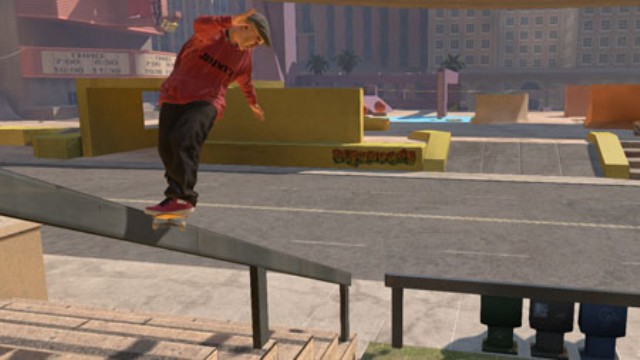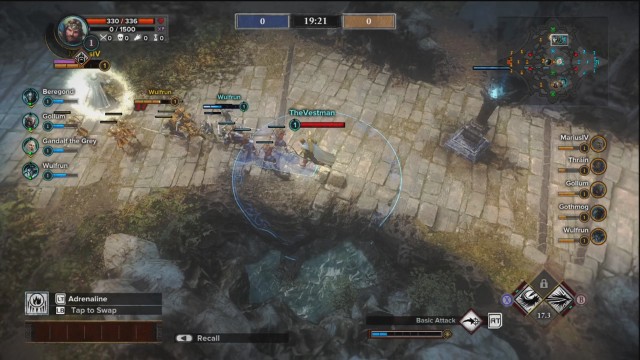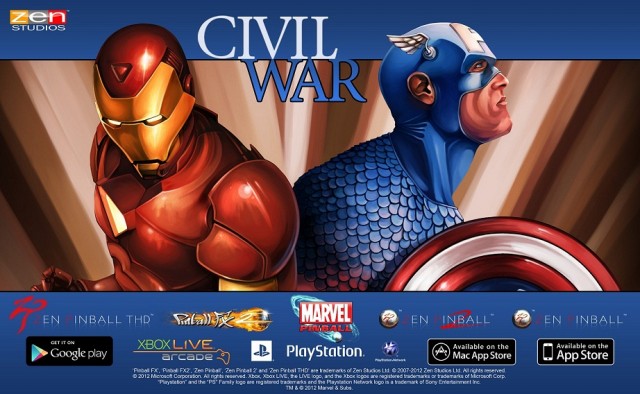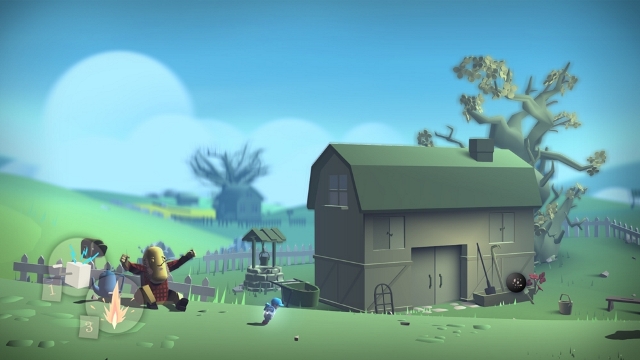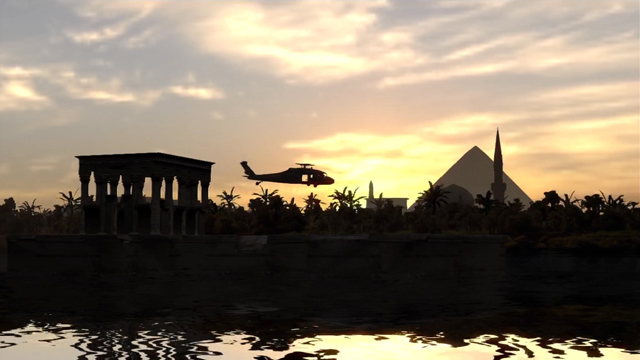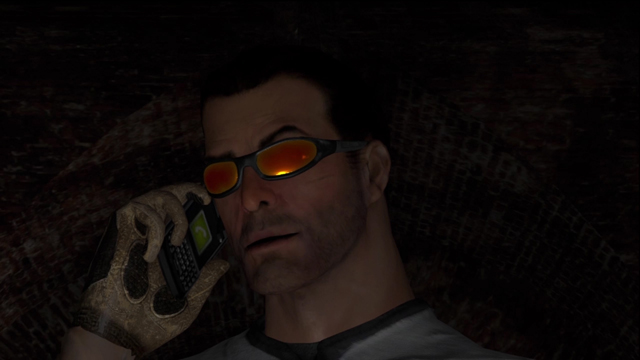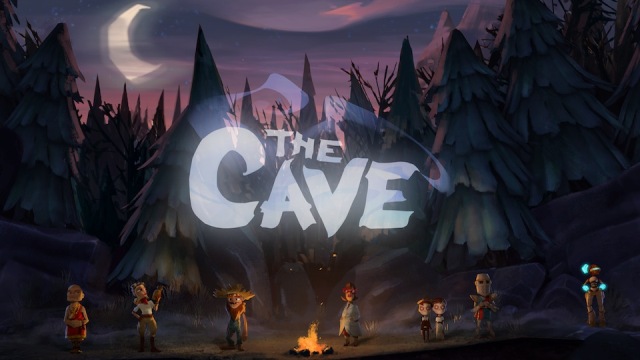 13 years ago
13 years ago
The Cave review (XBLA)
The Cave will make you laugh. The Cave will make you curious. The Cave will make you confused. The Cave will make you think. Yes, The Cave will make you a lot of things as you solve puzzles that are only occasionally as frustratingly obtuse as they are clever. Unfortunately, one of those things Double Fine Production’s point-and-click-is-dead/long-live-point-and-click adventure game will make you is bored. Playing Double Fine’s adventure game will inspire in you feelings of pride and contentedness during your moments of puzzle-solving clarity, but it will also inspire you to go play something else when you’re (frequently) stuck shambling along its mostly lifeless halls for the umpteenth time.
You’ll uncover the shady pasts and green-eyed and avaricious desires of the game’s seven playable characters — if you’re willing to play through the game three separate times — as you explore ever deeper while the Cave itself plays the dual roles of court jester and adjudicator. These stories are intriguing despite their simplicity, and the game will have you smiling and chuckling a bit when the Cave is narrating proceedings or morbidly recounting a character’s past. The experience breaks down, however, when you’re hopelessly stuck on one of the more perplexing puzzles without the benefit of the titular narrator distracting you from the tedium of your aimless wandering.
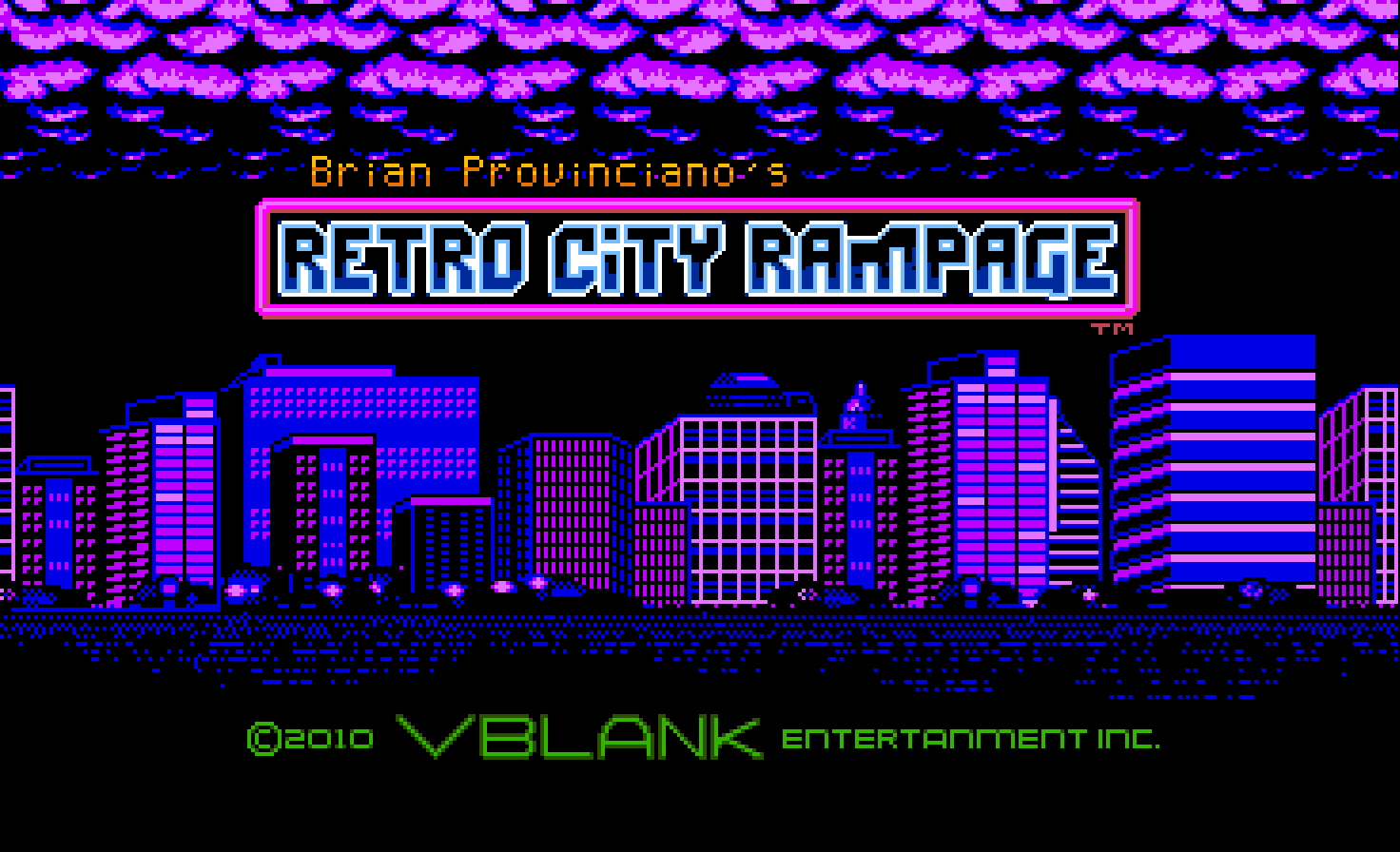 13 years ago
13 years ago
Retro City Rampage review (XBLA)
Retro City Rampage was developed by VBlank Entertainment and published by D3 Publisher. It was released January 2, 2013 for 1200 MSP. A copy was provided for review purposes.
One of the great genres of modern gaming is the open-world game. While quite common nowadays, this modern gaming staple is something that was virtually unseen in the days of 8-bit gaming. But what if there were open-world games in the 80’s? That’s where Retro City Rampage comes in. The game follows a character known simply as The Player, the henchman of an evil villain who is accidentally transported back in time. With the help of time traveler (and obvious Back to the Future) reference Doc Choc, The Player must explore the city of Theftropolis to find parts for a new time machine. Created by Brian Provinciano, this Grand Theft Auto-inspired game faithfully re-imagines the genre in 8-bit form, and parodies everything along the way.
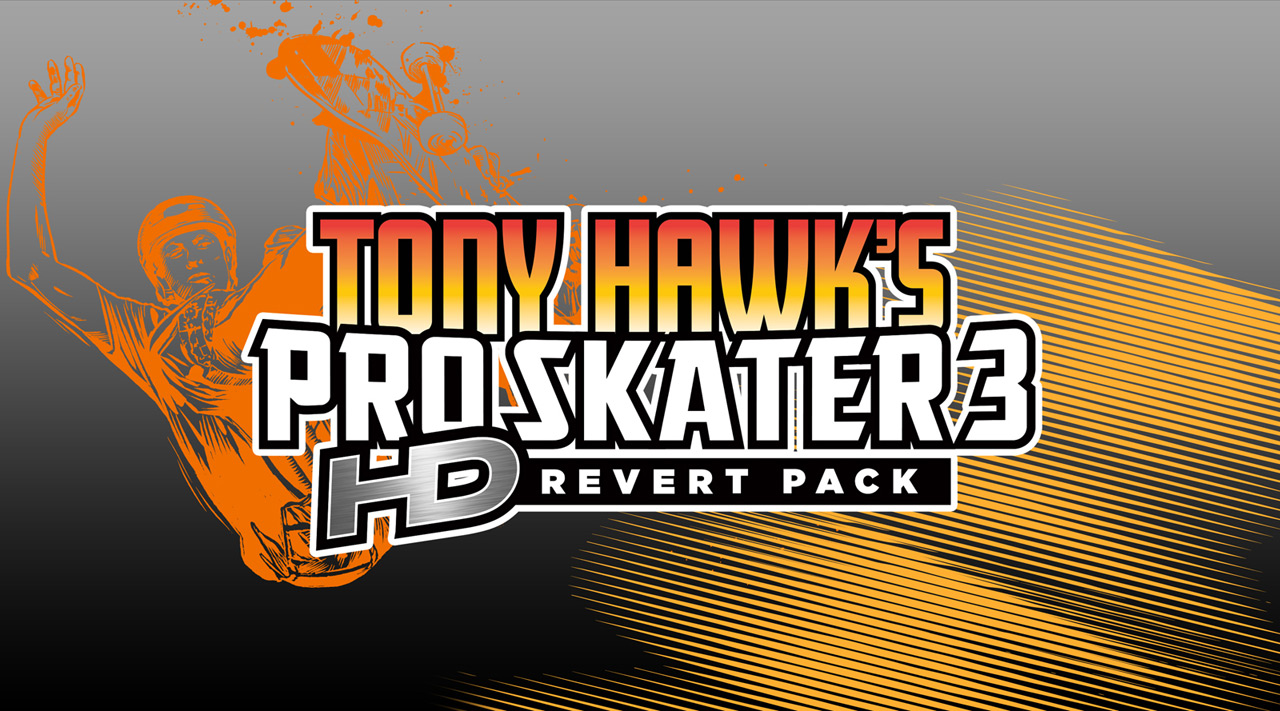 13 years ago
13 years ago
Tony Hawk’s Pro Skater HD Revert Pack review (XBLA DLC)
Tony Hawk’s Pro Skater HD is a bit of a mixed bag. For the casual player it provides nostalgia with enhanced visuals. The bugs seem minor. For the hardcore it leaves feelings of imprecision in control, and the in-game glitches become like a giant white headed pimple–no matter how much you try to look away it steals your focus. The community and media at large are torn on whether the game is amazing or abysmal. The Revert Pack DLC is more of the same. In the end it comes down to whether you enjoy the core game or hate it. That being said, let’s keep this short and not beat around the bush.
Here’s what we liked:
More to love – For fans of the game the Revert Pack is a must buy. The three greatest levels from Pro Skater 3 (Canada, L.A., and Airport) along with one new music track, Metallica’s “All Nightmare Long”. Also included are four new skaters: pros Steve Caballero and Geoff Rawley and Metallica members James Hetfield and Robert Trujillo. The four new skaters provide decent balance in the game’s starting selection, and the levels are faithfully recreated. The Metallica track is, well, Metallica. You’ll either love it or hate it.
 13 years ago
13 years ago
Black Knight Sword review (XBLA)
Black Knight Sword was co-developed by Grasshopper Manufacture and Digital Reality and published by Reverb Publishing. It was released on December 12, 2012 for 800 MSP. A copy was provided for review purposes.
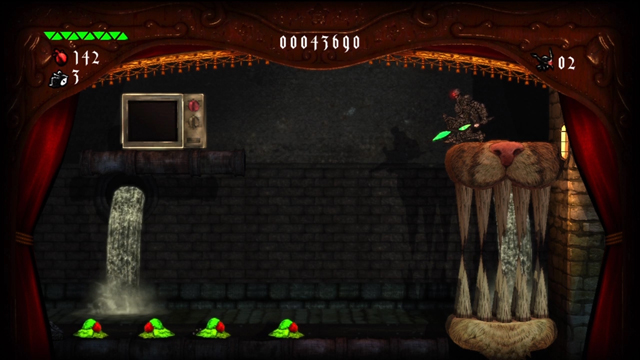 Moments before the curtain is pulled, it’s clear Black Knight Sword is something unique. Bright stage lights pour over rippled maroon as patrons titter in anticipation. Suddenly, an alarm bell rings out. Silhouettes quickly rise to shuffle away from the stage. The production’s now vacant audience is an appropriate analog for what’s to come; a unique experience targeted at no one in particular.
Moments before the curtain is pulled, it’s clear Black Knight Sword is something unique. Bright stage lights pour over rippled maroon as patrons titter in anticipation. Suddenly, an alarm bell rings out. Silhouettes quickly rise to shuffle away from the stage. The production’s now vacant audience is an appropriate analog for what’s to come; a unique experience targeted at no one in particular.
Black Knight Sword has been touted as many things: retro platforming homage, surreal fairy tale, dark twisted mystery. All this it achieves, helmed by Goichi “Suda 51” Suda, whose penchant for the bizarre oozes through the grim aesthetic. The black knight, assuming the role after coming into contact with the sword spirit, must battle through a punishing gauntlet of horrors, each chapter unfolding like a storybook parable — pushing along a loose narrative that resonates with deeper significance.
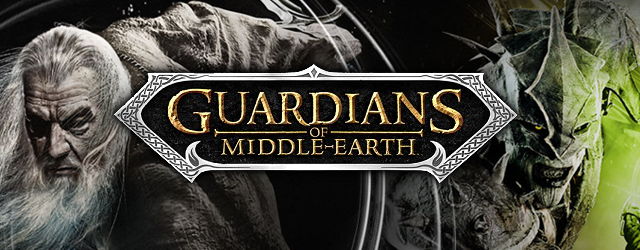 13 years ago
13 years ago
Guardians of Middle Earth review (XBLA)
Guardians of Middle Earth was developed by Monolith Productions and published by WB Games. It was released December 5, 2012 for 1200 MSP. A copy was provided for review purposes.
The Multiplayer Online Battle Arena, or MOBA for short, is not a genre typically associated with the Xbox 360. Sure there have been a few good attempts to bring this style of game to XBLA, titles such as Awesomenauts or Monday Night Combat, but no company has found a runaway success, a game so good, and so well loved by the fans, that it could sit up there with the big PC titles like League of Legends and DotA. The people over at Monolith have taken it upon themselves to finally break the mold, and bring a deep MOBA experience to console. Guardians of Middle Earth does exactly that, bringing one of the best MOBA experiences you can find to XBLA, showing that a console can be home to this genre just as well as any PC.
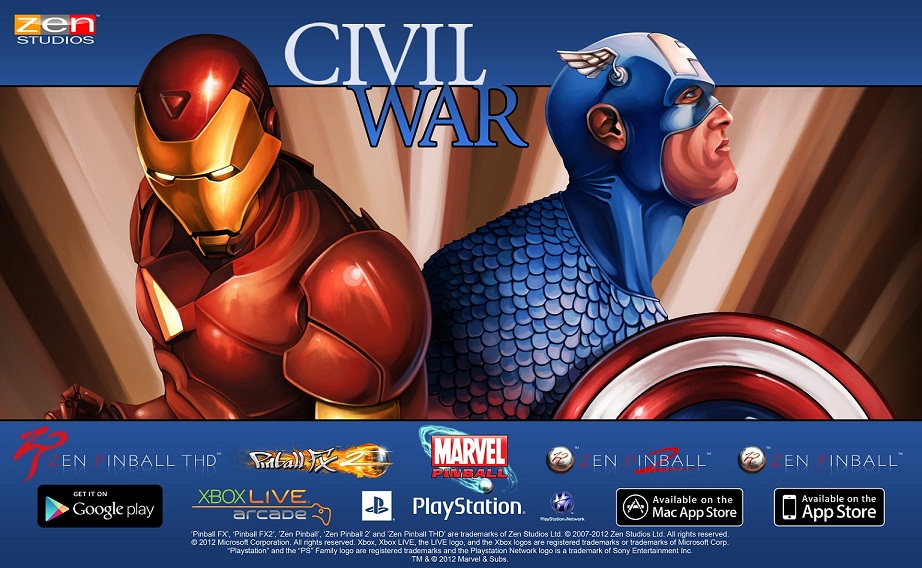 13 years ago
13 years ago
Pinball FX2 Marvel Civil War review
The Civil War table for the Pinball FX 2 platform was developed by Zen Studios. It was released November 20, 2012 for 240 MSP. A copy was provided for review purposes.
The Civil War table for Pinball FX2 is the latest in what is now a large string of Marvel-themed pinball tables. Zen Studios continues to innovate with each new release — the improvements they have made since earlier pinball tables are evident here. Civil War is oozing with nods to fans of the comic books — this might be the best-themed Marvel pinball table yet, and it shows through in the very polished presentation. Read More
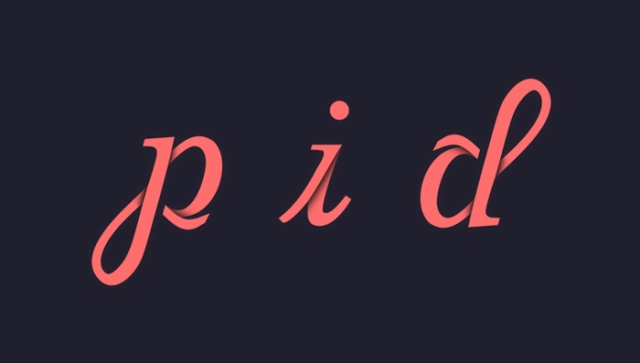 13 years ago
13 years ago
Pid review (XBLA)
Pid was developed by Might and Delight and published by D3 Publisher. It was released on October 31, 2012 for 800 MSP. A copy was provided for review purposes.
Pid developer Might and Delight doesn’t much care for you. In fact, it’s entirely within the realm of possibility that the studio outright hates you. That may sound harsh, but how else can you explain the extreme lengths to which Might and Delight has gone to ensure death comes early and often for you in the developer’s new XBLA platformer?
Yes, creating a game in which modern visuals are intermingled with classic platforming charm and challenge was a premeditated act on Might and Delight’s part. And, yes, it’s a design philosophy that many developers of digital games have successfully adopted over the past several years. The team behind Pid, however, had its collective foot planted so heavily on the “player death” pedal throughout development,that the game’s surreal, charming atmosphere is an unrecognizable mess of roadkill by the time the gameplay finishes repeatedly mowing the player down hundreds of times. Pid’s world is an imaginatively oddball setting that beseeches the player to carry on and discover what lies on the other side of the next loading screen (more on that later), but it’s a world so fixated on presenting constant, frustrating challenges that no amount of audio-visual stimuli can convince one to keep on keepin’ on.
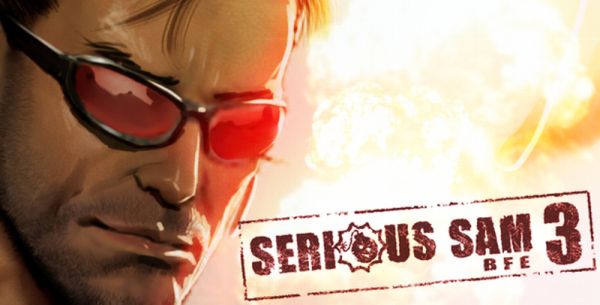 13 years ago
13 years ago
Serious Sam 3: BFE – Jewel of the Nile review (XBLA DLC)
The Jewel of the Nile downloadable content for Serious Sam 3: BFE was developed by Croteam and published by Devolver Digital. It was released on October 17, 2012, for 1200 MSP. A copy was provided for review purpose.
Jewel of the Nile is an interesting approach to how digital games could be published in the future. It’s really a companion piece to Serious Sam 3: BFE, a small portion of the game that was deemed valuable enough to sell on its own for the price of the original. The “downloadable content” adds a few additional campaign levels and the online competitive multiplayer suite.
The idea of selling digital games in a piecemeal fashion certainly has its merits. By allowing players the option to purchase a title in discounted portions, they could potentially tailor their experience and save money by avoiding elements that don’t apply to their interests. Unfortunately, the Jewel of the Nile downloadable content originated in the opposite school of thought. Where dicing up a complete game and selling it in chunks seems like a good opportunity to cash in at the expense of eager fans. You could argue that the content contained within Jewel of the Nile is enough to warrant the price, but compared to what’s offered in Serious Sam 3: BFE, you’d be wrong.
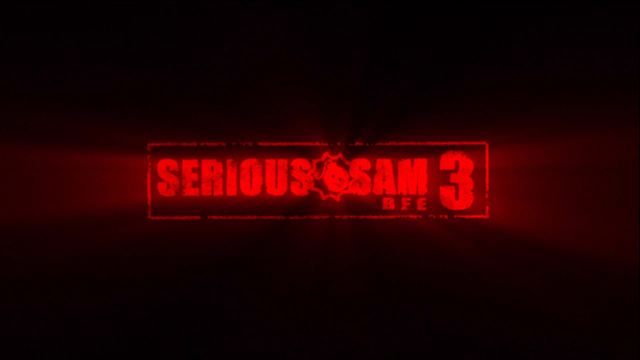 13 years ago
13 years ago
Serious Sam 3: BFE review (XBLA)
Serious Sam 3: BFE was developed by Croteam and published by Devolver Digital. It was released on October 17, 2012, for 1200 MSP. A copy was provided for review purpose.
It’s been a long road for “Serious” Sam Stone. Over a decade ago, he dove into the past to prevent a present-day alien invasion by confronting the extraterrestrial menace throughout ancient Egypt and Mesoamerica. Serious Sam 3: BFE (Before First Encounter) picks up that story before it began, following Sam as he battles through modern Egypt on a mission to activate the time travel device and begin that inevitable journey.
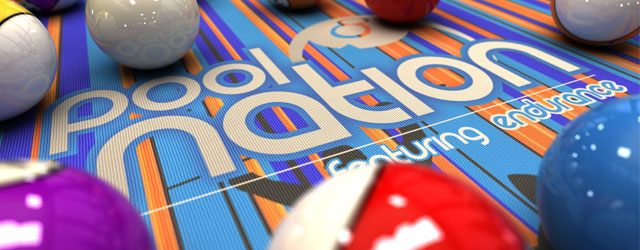 13 years ago
13 years ago
Pool Nation review (XBLA)
Pool Nation was developed by Cherry Pop Games and published by Mastertronic. It was released on October 31, 2012 for 800 MSP. A copy was provided for review purposes.
Cue-sport video games are relatively rare, which is odd given pool’s popularity and accessibility at bars and pool halls around the world. On XBLA, there’s Bankshot Billiards 2, which offers a basic yet functional take on the game of pool. With its first game, Pool Nation, Cherry Pop Games takes aim at this largely uncontested genre, placing more emphasis on visuals than its peers. But it’s no mere case of “all style and no substance” – Pool Nation manages to deliver a great-looking billiards game without compromising on real-world physics or in-depth mechanics.


